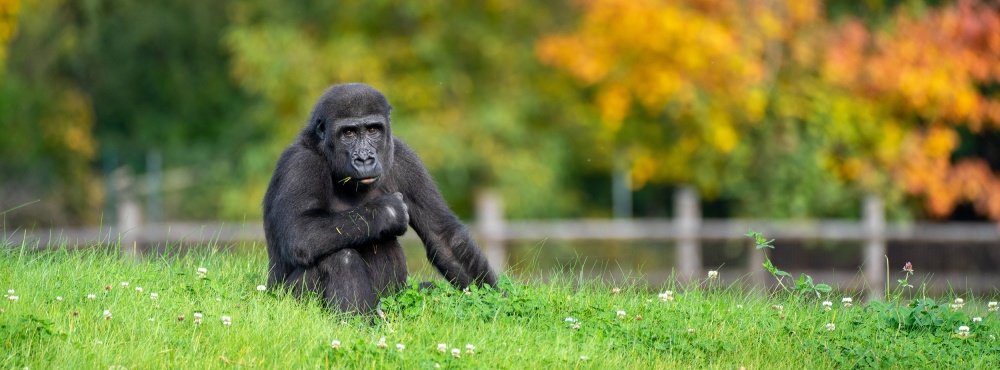PRAGUE ZOO ACQUIRES TWO OF THE MOST ENDANGERED CRANES IN THE WORLD

As of last week, Prague Zoo’s visitors can marvel at two male Siberian cranes. Not only is the zoo enticing visitors to see the uniquely coloured chicks of this critically endangered species, but it also has the largest collection of cranes in the Czech Republic.
 Prague Zoo has acquired two male, critically endangered Siberian cranes. Photo Petr Hamerník, Prague Zoo
Prague Zoo has acquired two male, critically endangered Siberian cranes. Photo Petr Hamerník, Prague Zoo
“The two young males came to Prague Zoo from the Walsrode bird park in Germany on the recommendation of the European Breeding Coordinator (EEP). The plan is for them to be accompanied by females with whom they will form breeding pairs,” said Antonín Vaidl, the curator for birds.
Prague Zoo can now boast the largest collection of cranes in the country. Visitors can see the rarest of all seven species in the first outdoor aviary of the Wetland Birds exhibition complex. The Siberian crane can be easily distinguished from its “Prague” relatives - the white-naped, wattled, red-crowned, demoiselle, common and blue cranes - by its pure, snow-white plumage with black wing patches and brick red , bare legs and face.
“The chicks are just under a year old and are still light brown in places, but they should gradually “blossom” into their snow-white plumage around two years of age. This offers visitors a unique opportunity to see this rare species in its juvenile form,” said Vaidl, as he invited visitors to Prague Zoo.

The cranes reach sexual maturity at the age of seven and can live up to around 60 in captivity.
Photo Petr Hamerník, Prague Zoo
The Siberian crane nests in Siberia in the lower stretches of the Ob River area and in the tundra of Yakutia close to the water sources to which it is tied. For the local indigenous people, it is a sacred bird, especially the Yakuts, who associate it with shamanic rituals. Today, however, its numbers in the wild have dropped to around three to four thousand individuals.
A key threat to this species is the drying up of wetlands on wintering grounds due to watercourses being diverted and dammed. It is further threatened by the expansion of human settlement, causing disturbance to breeding sites, then there is poisoning by the pesticides used in agriculture and, finally, fishing. It was therefore included on the IUCN Red List in 1988, where it is now the only crane to be listed as Critically Endangered.

The curator for birds, Antonín Vaidl, transporting Siberian cranes to the Bird Wetlands exhibit in the zoo’s lower grounds.
Photo Petr Hamerník, Prague Zoo
ZOOPRAHA.CZ
Contacts
- The Prague zoological garden
U Trojskeho zamku 120/3
171 00 Praha 7
Phone.: (+420) 296 112 230 (public relations department)
e-mail: zoopraha@zoopraha.cz
Others








